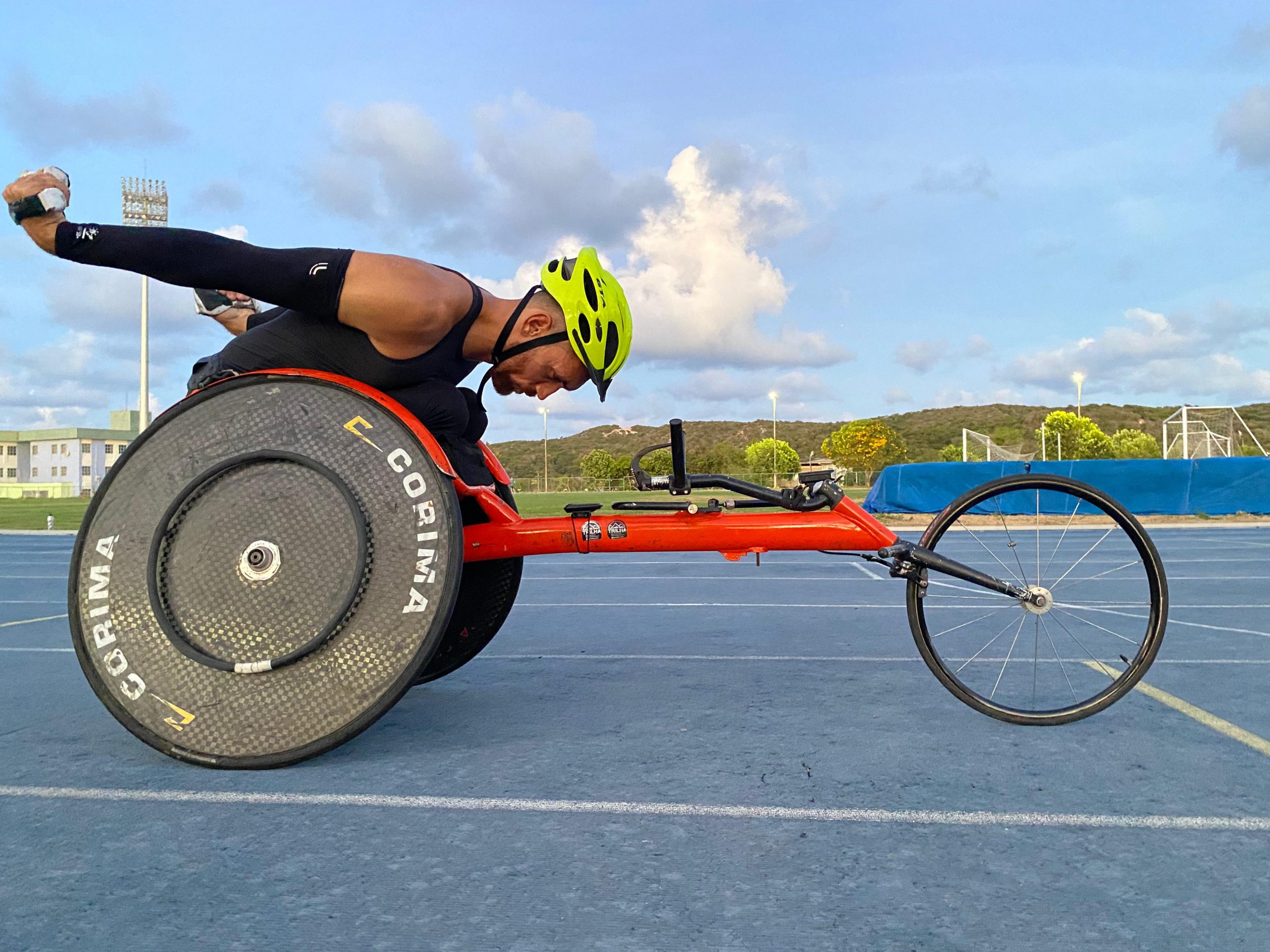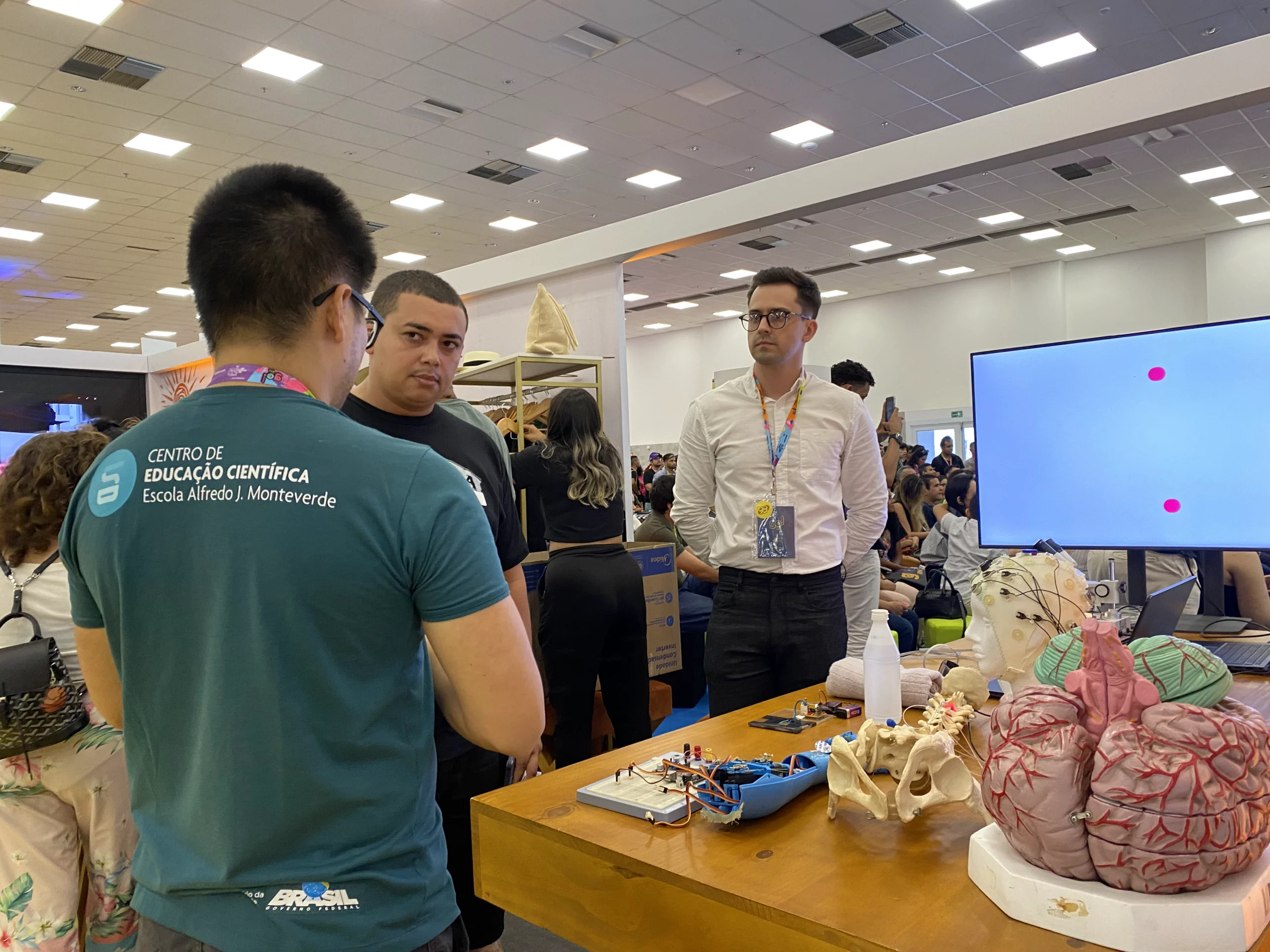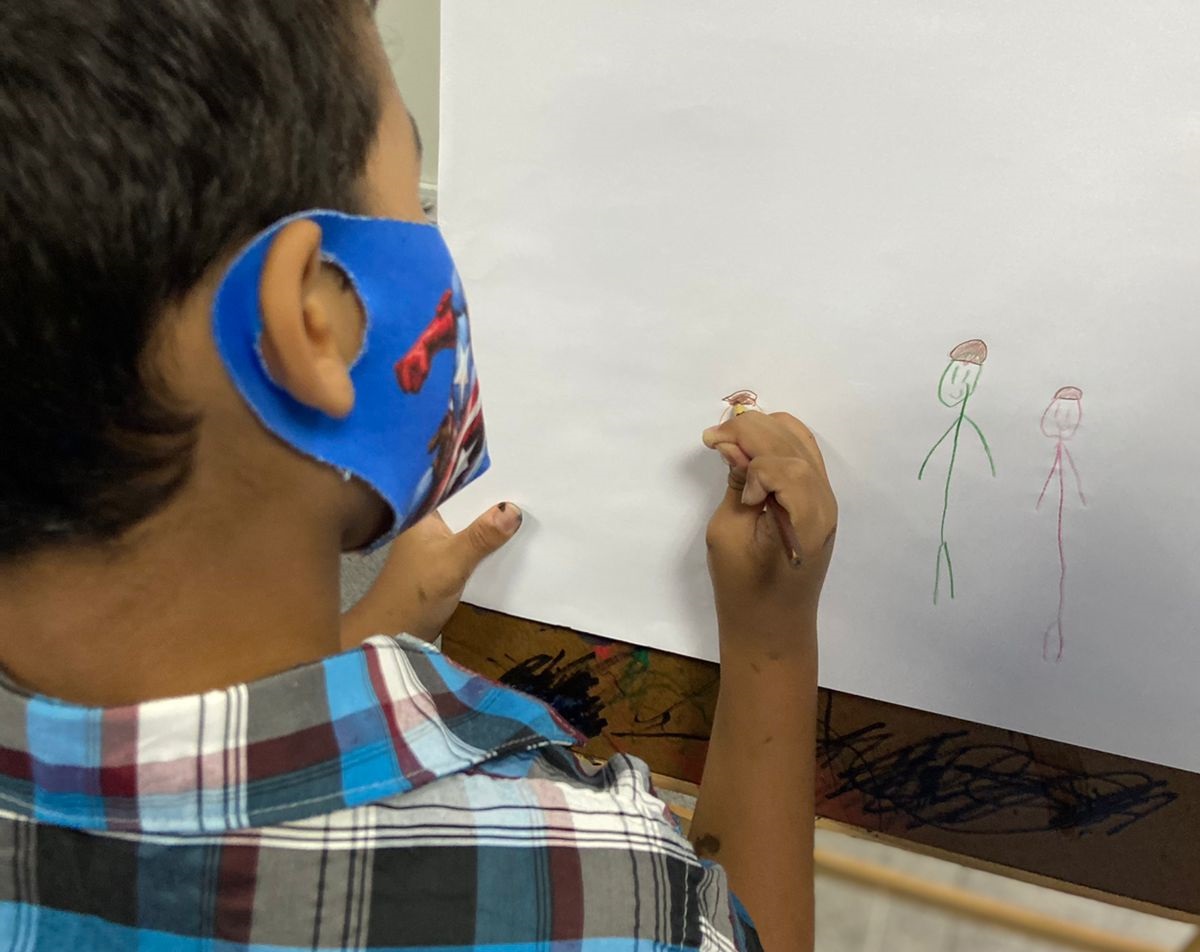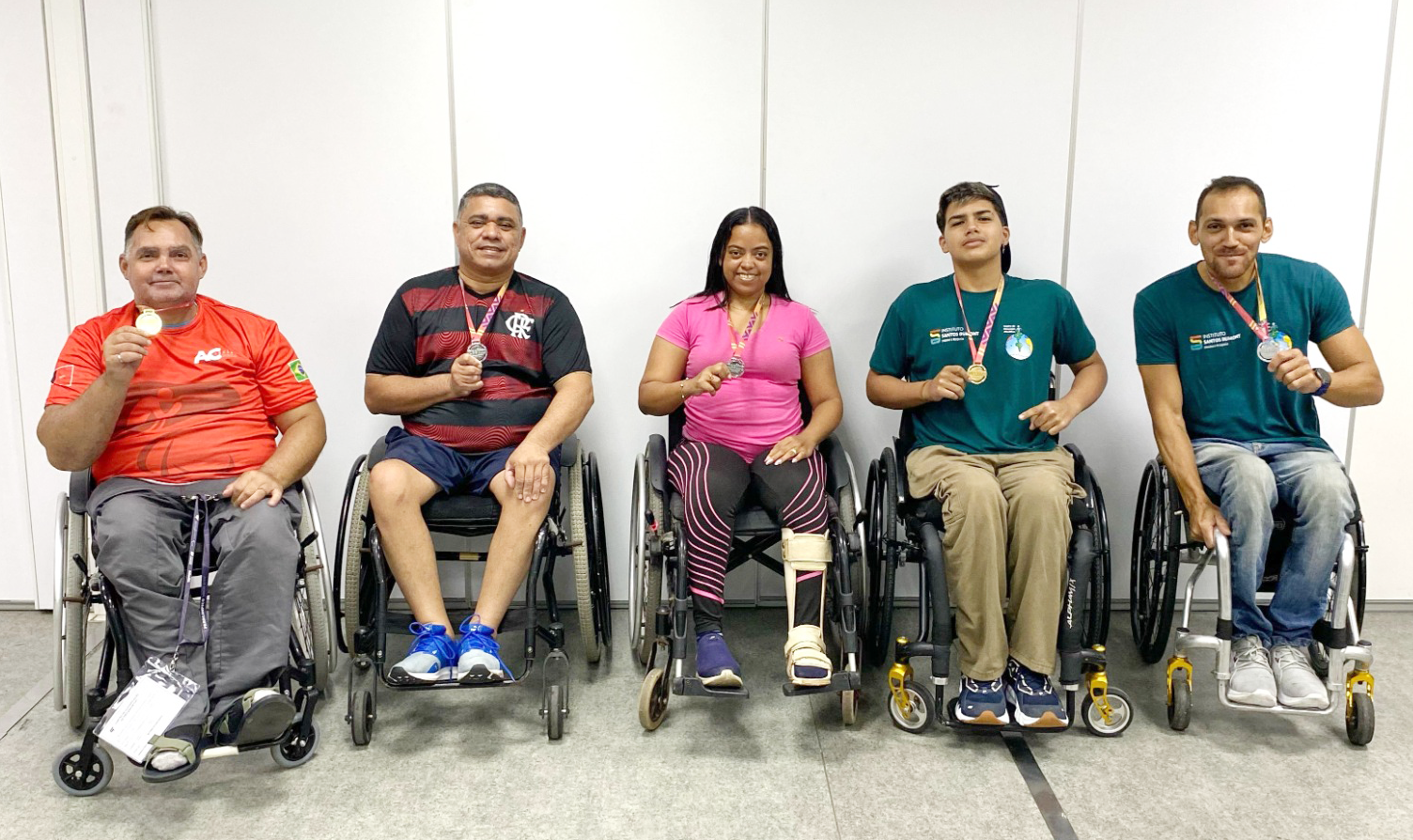The Edmond and Lily Safra International Institute of Neurosciences (IIN-ELS) has the differential of carrying out translational research, that which begins in basic science and is completed in the practical application of the knowledge learned. Both the IIN-ELS and the IIN-ELS Master's course in Neuroengineering develop research in two areas of concentration: Brain-Machine Interface (BMI) It is neuromodulation.
Brain-Machine Interface (ICM)
Lays down direct communication between the nervous system and robotic artifacts, electronic or computational, through the use of neurophysiological signals and cerebral micro-stimulation. Examples of signals captured from the central nervous system are electroencephalograms, electrocorticograms, unit activity from extracellular recordings, local field potential from extracellular recordings, functional magnetic resonance imaging and magnetoencephalography. Examples of controlled peripheral artifacts are robotic prostheses, vehicles and computers.
The development of ICM holds great therapeutic potential and assistive technology for a variety of neurological diseases that dramatically affect motor function, such as cerebral palsy, Parkinson's disease, and stroke. Further research in BCI may lead to the emergence of a new generation of neuroprosthetic devices capable of restoring a variety of neurological functions in patients severely limited by their disability.
The development of ICM allows extrapolate the media known so far and to develop new interfaces such as the brain-machine-brain, and studies of the dynamics of interaction between brains during social interaction behaviors. At the same time, the technological development of biocompatible materials, as well as microelectrode arrays more efficient to assess the effect of ICM during chronic use. Together, research into the individual components for BCI implementation requires advanced technological development, integrated with an understanding of the system's neurobiological mechanisms. In this approach, ICM research allows the development of assistive technologies extremely advanced.
neuromodulation
It consists of the use of chemical, biological or physical agents to restore, modulate, inhibit or increase the nervous system functions. It can be done non-invasively, with transcranial stimulation by transcranial electrical or magnetic current, or invasively, such as through the implantation of devices in the central or peripheral nervous system, which release a chemical or physical agent. Examples of chemical agents are ion channel modulators; and from physicists, electrical stimulation.
Neuromodulation with electrical stimulation has currently been used to treat Parkinson's, essential tremor, chronic pain, epilepsy, hearing impairment (deafness), depression, dystonia, Tourette's syndrome, and obsessive-compulsive disorder. In addition to these diseases and disorders, numerous others are under investigation. Obesity and eating disorders, tinnitus, stroke, coma, paralysis and motor deficits, visual impairment (blindness) and angina pectoris are examples of disorders that are the focus of studies that evaluate the clinical efficacy of various neuromodulation therapies for patients.
Another branch of research in this area is the technological development of new equipment and products or the improvement of existing ones, such as the size and shape of microelectrodes and biocompatible materials. Technological development studies plan and test concepts that mean an evolution of the current state of the current ones neuromodulators, building the ones that will be used in the coming decades.
The investigation of physical parameters, such as current intensity, frequency, polarity, remain unknown. You neurobiological aspects related to physical parameters need more methodical investigations to understand physical-chemical phenomena induced in the nervous system, allowing to explore essential mechanisms for assistive technologies accessible to the underprivileged population.
The development of neuromodulators requires investigations and development of devices specific to the access sites in the central and peripheral nervous system. These advanced researches in neuromodulation can surpass the current knowledge beyond the expectation of devices for intervention in installed alterations or disturbances, for new applications and prevention through intelligent systems of nervous system feedback.









